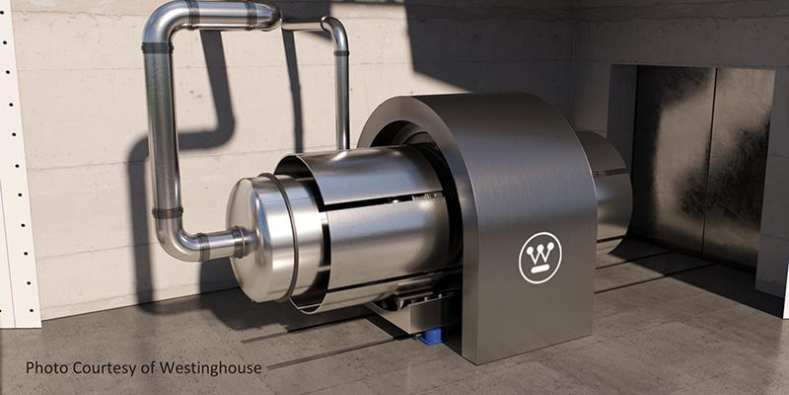The Saskatchewan Research Council will be the primary organization for the province’s microreactor development.

It will be the only organization authorized to hold regulatory licenses and be the licensed operator in the early stages of commercial development.

“The goal is to safely accelerate the commercial adoption of microreactors within the province over the next five to 10 years, positioning Saskatchewan as a global leader in the nuclear microreactor supply chain,” said Jeremy Harrison, minister responsible for SRC. “These deployments will create economic development opportunities and jobs.”
In November 2023, $80 million was announced in funding for SRC to pursue the demonstration of a microreactor in the province.
Now, the SRC will help reduce the risks and costs for industrial and commercial users and offer safety practices and public engagement opportunities for all microreactor users.
“What we learn through the initial microreactor demonstration will help SRC provide a one-stop-shop for industrial companies and Indigenous communities looking to progress microreactor projects in the province, from early feasibility to full reactor operation,” said SRC President and CEO Mike Crabtree in a government release.
“Microreactors will provide a custom solution as part of Saskatchewan’s future energy needs and this sector has the opportunity to be transformative for our economy, industry and communities.”
In November, Crabtree explained that the microreactor will generate less than 20 megawatts of power, and is different than the small modular reactors slated for Saskatchewan, adding that an SMR can generate 300 megawatts of power.
The microreactor is capable of creating five megawatts of electricity, over 13 megawatts of high-temperature heat, or can run in a combined heat and power mode.
He said these microreactors can run for about eight to 10 years, at which point they need to be sent back to a factory and refueled so they can operate at full power again.
At the end of that time period, the spent fuel needing to be put into long-term storage is equivalent to three 200-litre drums — much less than a power source like diesel.
The project is expected to be operational by 2029.
– with files from Global News’ Brody Langager




Comments